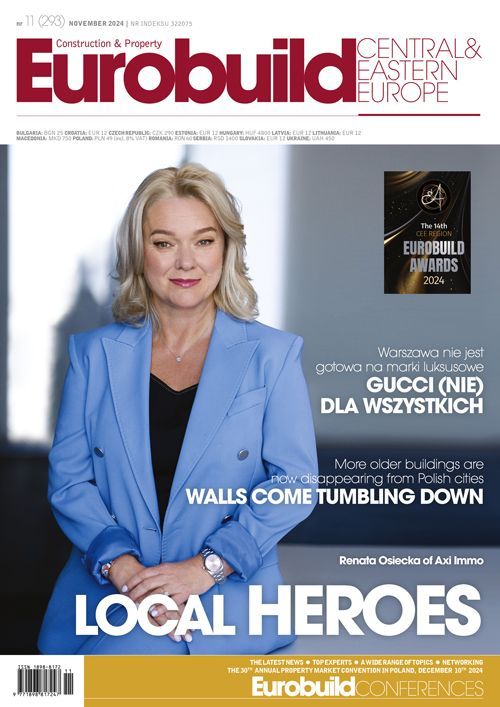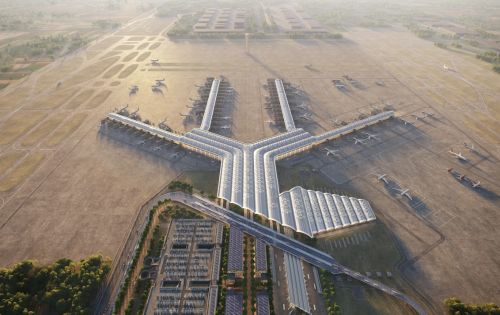The most prestigious stores in Warsaw can be found in one of two locations. One is around pl. Trzech Krzyży, where a Bvlgari boutique recently opened offering luxury accessories and jewellery. This area includes ul. Mysia, ul. Mokotowska and the Vitkac department store, where Louis Vuitton has a boutique. The others are around pl. Piłsudskiego, which includes the Metropolitan building and one of the city’s most exclusive hotels, Raffles. This building houses Hermes and Brunello Cucinelii stores as well as an Aston Martin showroom. Most luxury brands in Poland operate on a franchise basis or with a partnering store. Top-shelf goods are, of course, available but only with a limited range – and even though the appetite for luxury brands in Warsaw is growing, we are still going to have to wait a while before they appear.
Still too early for Chanel and Prada
For the moment, there’s no economic justification for opening a flagship store for a premium brand. Again, no































































